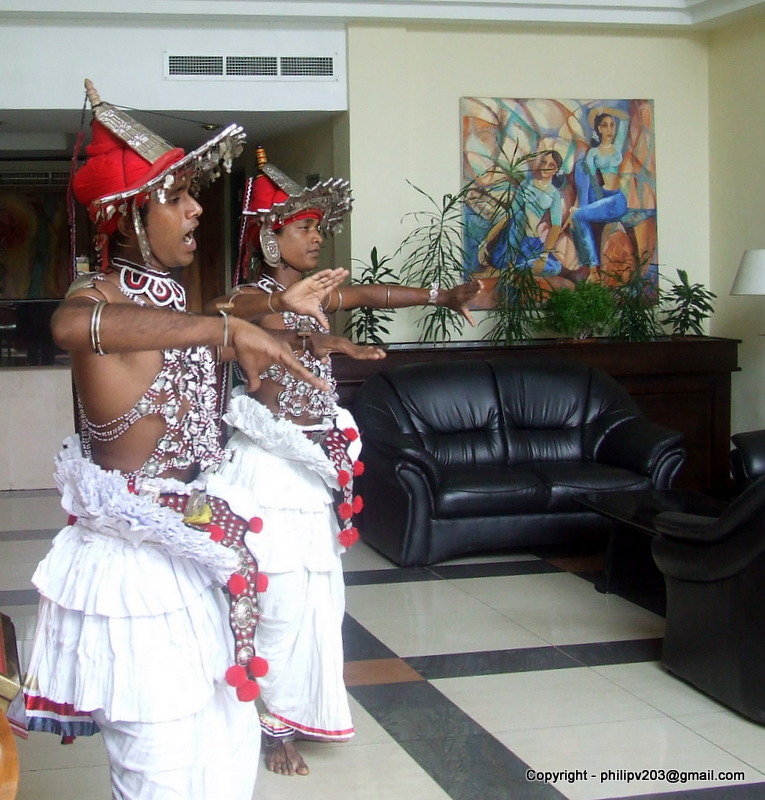Odds and ends, Menike magey Hithe.
2 years ago

This blog is devoted to exploring the 'NATURAL BEAUTY OF SRI LANKA. My interests are photography, archaeology and ancient history. My email address is:- philipv203@gmail.com Please move the cursor over each photograph and left click on the mouse, to see an enlarged version of the pictures. Please click on the heading 'older post. ' Kandyan dancerrs, Gampaha, Sri Lanka. Please BOOKMARK this page.